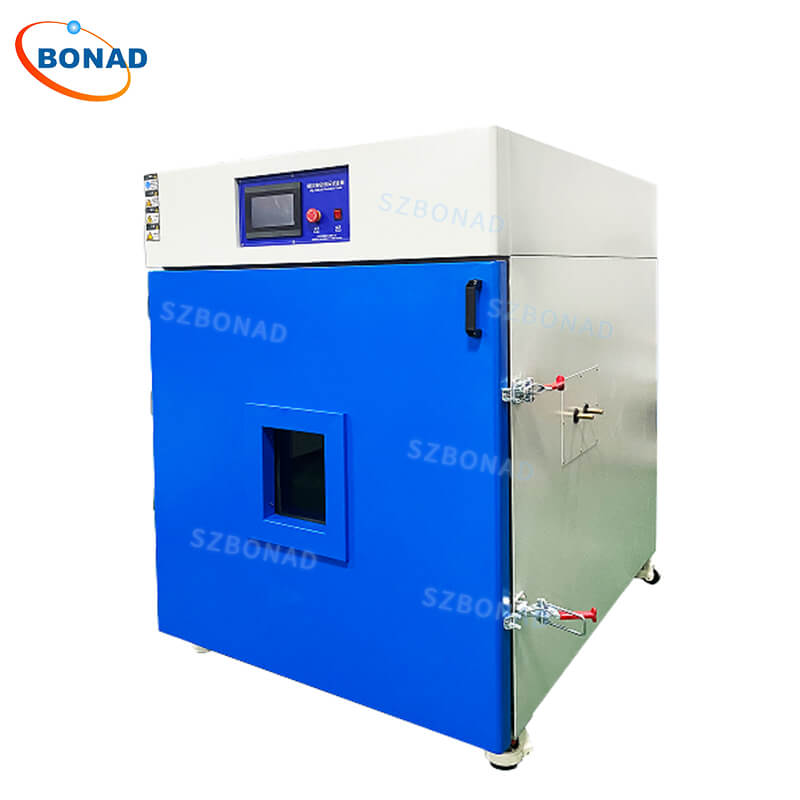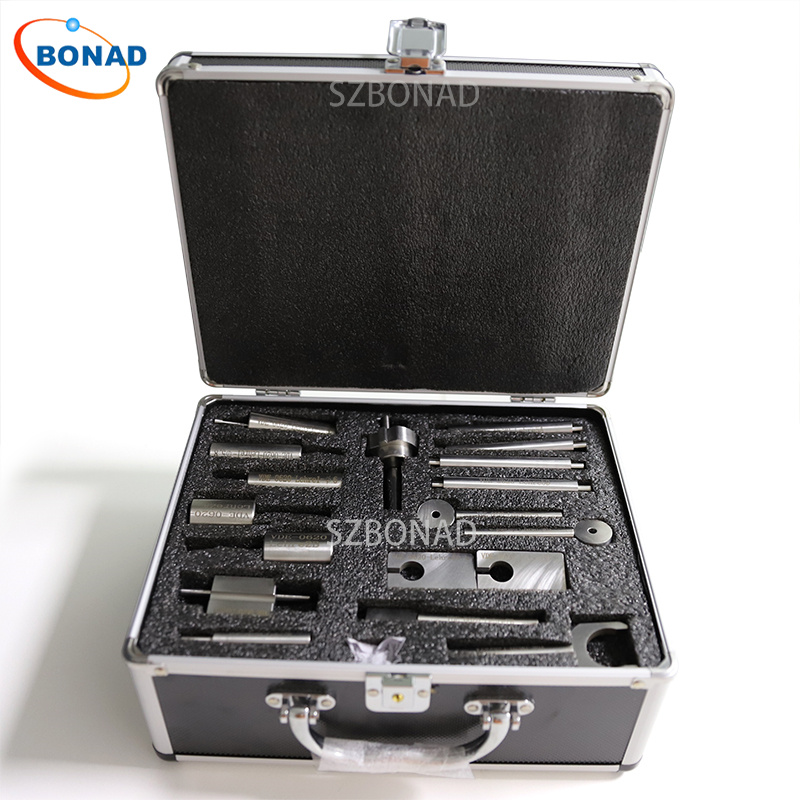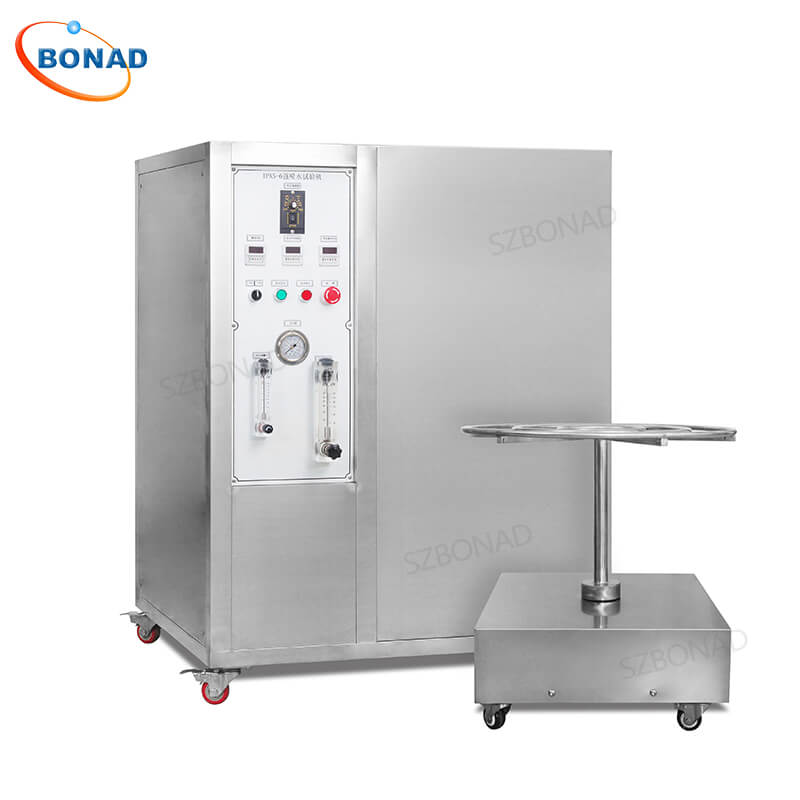Altitude test chambers (also called hypobaric chambers) simulate high-altitude conditions to test product reliability, safety, and performance under low-pressure environments. From aircraft engines to electric vehicle batteries, these chambers replicate extreme atmospheric conditions to ensure innovations withstand real-world challenges. Here’s how industries leverage altitude testing to push technological boundaries.
Understanding Altitude Test Chambers
Altitude chambers artificially recreate conditions from sea level to the stratosphere by controlling:
- Pressure: Simulate low-pressure high-altitude environments or high-pressure low-altitude zones.
- Temperature: Mimic temperature fluctuations at different elevations.
- Humidity: Replicate arid high-altitude air or humid low-altitude climates.
- Rapid Ascent/Descent: Test scenarios like aircraft takeoff/landing for instant pressure shifts.
These controlled variables make altitude chambers indispensable for aerospace, automotive, electronics, and materials science.

Aerospace and Defense Testing
Altitude chambers validate safety and durability in extreme flight conditions:
- Aircraft & Spacecraft: Test engines, avionics, and pressurization systems at 40,000+ feet. Verify oxygen masks and emergency equipment function during rapid decompression.
- Military Gear: Assess drones, missiles, and communication devices for operational readiness in high-altitude terrains. Ensure materials resist corrosion and failure under stress.
Automotive Industry Applications
As vehicles operate globally, altitude testing ensures reliability everywhere:
- Engine Performance: Simulate high-altitude air density changes to optimize combustion efficiency and emissions compliance.
- EV Components: Test battery stability, heat dissipation, and electrical systems in low-pressure environments.
- Material Integrity: Validate rubber seals, plastics, and metals against expansion/contraction at elevation.
Electronics and Material Testing
Electronics and advanced materials face unique high-altitude risks:
- Circuit Boards & Sensors: Ensure PCBs, chips, and avionics resist arcing, overheating, or failure in thin-air conditions.
- Polymers & Composites: Evaluate material degradation, outgassing, and corrosion resistance in simulated stratospheric environments.
Why Altitude Chambers Are Essential for Innovation
From satellites to electric cars, altitude chambers de-risk R&D by:
- Ensuring safety-critical systems work flawlessly.
- Extending product lifespans through rigorous validation.
- Enabling compliance with international standards (FAA, ISO).
As technology advances, these chambers remain vital for pioneering reliable, high-performance solutions.


